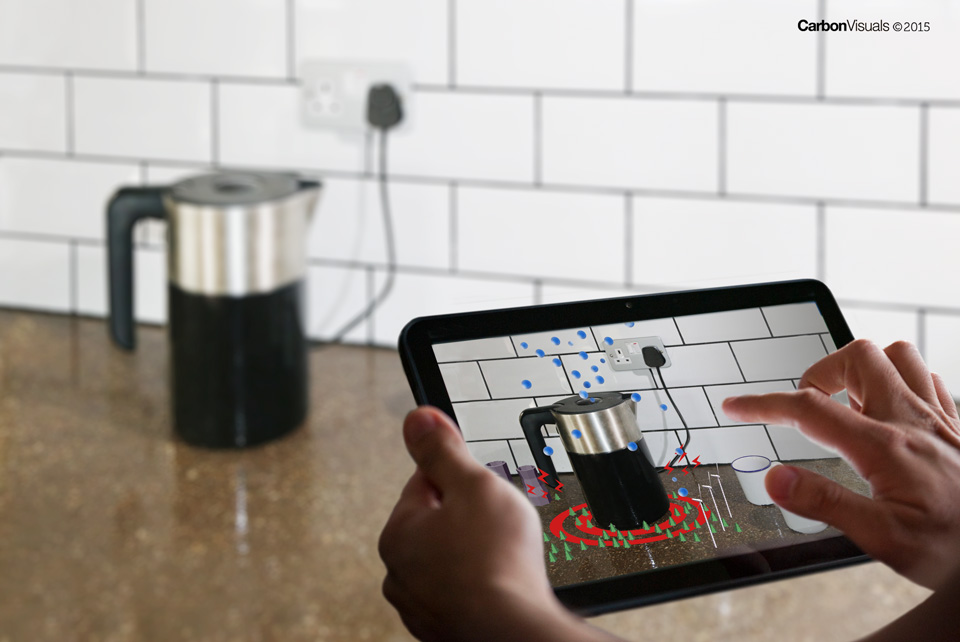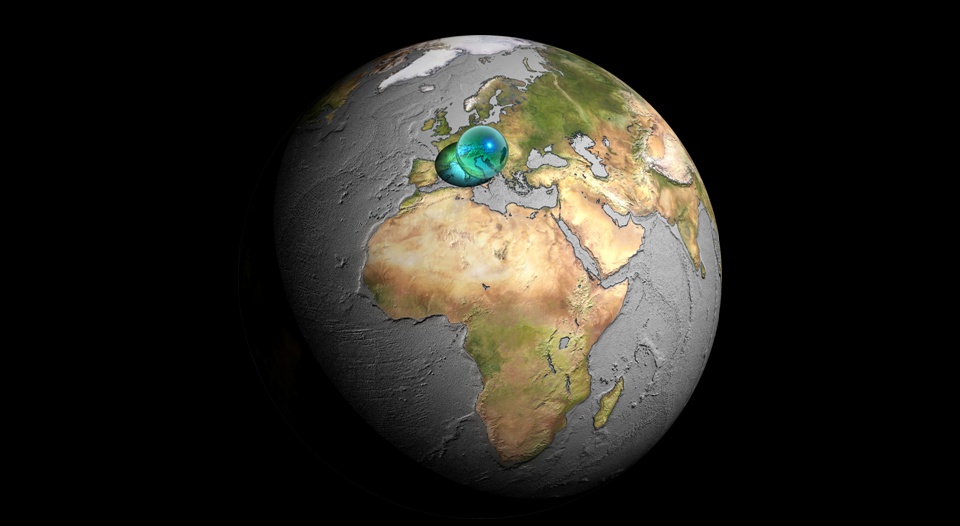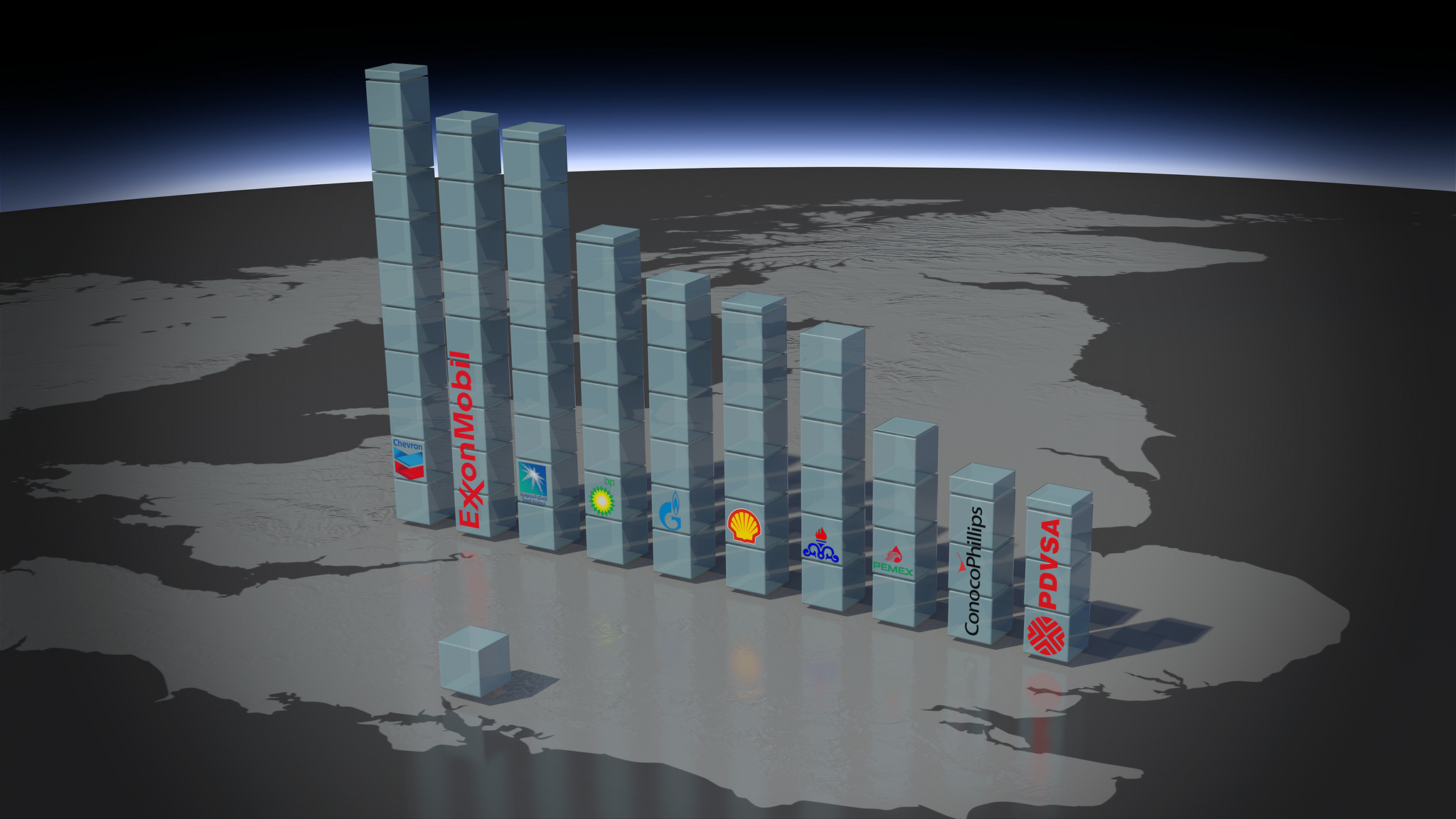WayS of Working
Our Communications Manager Anna Lodge spoke to Janet Salem, Programme Officer, Sustainable Consumption and Production with United Nations Environment Programme (UNEP) in the Regional Office for Asia and the Pacific. As our main contact within UNEP, Janet has had first-hand experience of collaborating with our creative team. So we thought we would ask Janet about this experience…
How do you sell low or zero carbon products and services? As more and more companies are putting serious effort into developing products and services for the low-carbon future they face a communications challenge with consumers or B2B customers. How do you get across the benefits of low-carbon in a way that works?
Now there is a solution... an augmented reality app that reveals actual volumes of CO2 through a smart-phone or tablet screen
Communications can serve many purposes - such as providing directions, marketing a product or promoting a brand. It is said that every picture is worth a thousand words and they certainly can be powerful emotionally as well as imparting information.
In the USA at the end of January, the Senate approved construction of the Keystone XL pipeline to transport oil from the Canadian tar sands to the Gulf coast. While the House of Representatives has already approved a version of the bill, President Obama has said he will veto it. Now the Environmental Protection Agency has informed to the State Department that the pipeline would cause a significant increase in carbon emissions.
Almost simultaneously that the EPA was announcing its Carbon Reduction Plan, Aaron Selverston of Green Biz contacted us about a piece he was writing highlighting the evolving and vital role of carbon visualisation in supporting environmental priorities at this time.
In many organisations, the first concerted effort towards managing carbon is the calculation of an annual carbon footprint. An annual baseline is established but in subsequent years, the accuracy of these calculations is often improved.
One consequence of these changes is that the carbon footprint being reported can increase. This is a challenging moment for a company - especially for people charged with reducing emissions.
Back in Spring 2011 we had a call from Colorado. This was followed by an email with a brochure attached. The brochure 'Carbon in our daily lives' included estimated but detailed emission figures associated with the everyday activities of Aspen residents.
Typical figures were given for emissions associated with a heated driveway, a large pond circulation pump, skiing, a health club visit and a bluefin tuna suchi
Mistakes are easily made, especially with abstract data. Visuals can sometimes bring new insights - even to those most familiar with the figures; and the integrity of communications can be aided by a fresh pair of eyes.
The people charged with driving down emissions are often specialists with expertise in engineering, systems and measurements. But when it involves getting other people to change, the way forward can be less than obvious. Something more than data is needed.










At Carbon Visuals we have been thinking about air pollution: why it needs visualisation and how best to visualise it. These are some initial sketches.